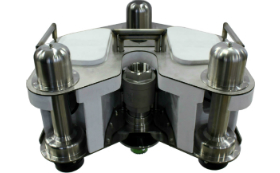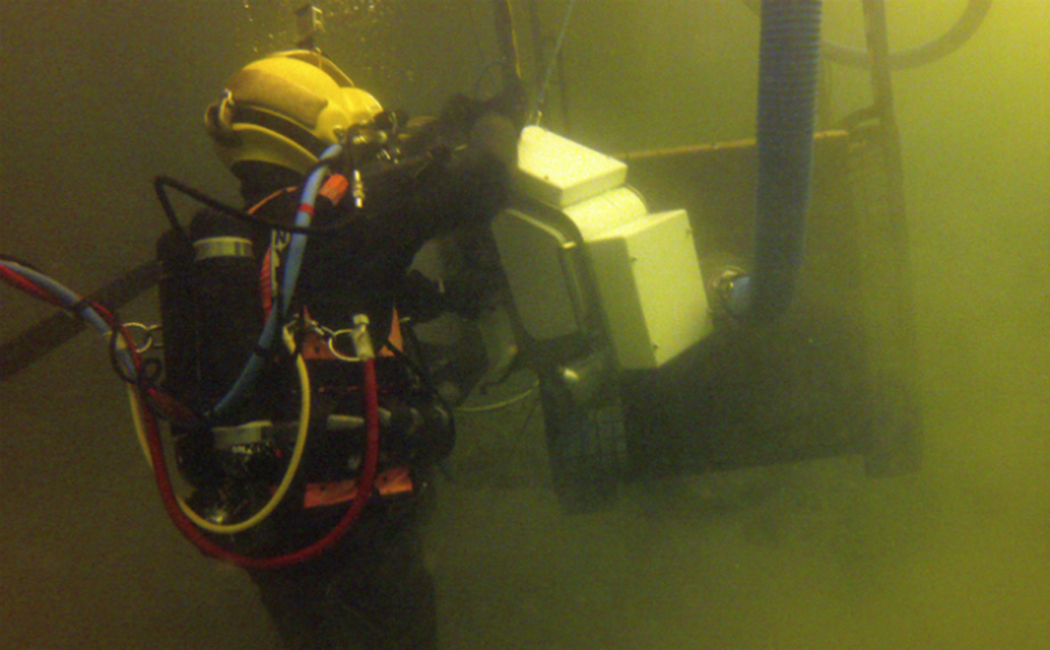The recent completion of the development of the Moskito means that oil can now be recovered from sunken wrecks quickly and economically.
Developed in Norway by design and magnetic technology specialists Miko Marine, the new tool is currently being prepared for salvage projects at critical locations around the world. The first of these is imminent and follows a detailed assessment of its suitability and practical benefits.
Moskito was developed specifically to address the potential pollution problems faced by many governments with Second World War ships sunk in their territorial waters. Seventy years of corrosion eating at their plates creates a growing risk that any hydrocarbons in their tanks and bunkers will escape. Given the choice of sealing the wreck at great expense or recovering the pollutant in a controlled manner Moskito is now being actively considered by some unnamed governments as a solution to the problem.
When in use the Moskito is deployed by divers or ROV to any ocean depth. Once in position outside the wreck’s tank the Moskito’s three powerful magnetic feet are planted against the steel hull and a technician on the surface then activates a 75 mm (3-inch) diameter electrically powered tank cutter drill. With its operation controlled through a dual video link, the Moskito’s drill pierces the steel tank walls which may be up to 40 mm (1.5-inches) thick. The cut disc then falls away inside and is immediately followed into the tank by a patented spring latch coupling that automatically connects and locks a hose to the tank without allowing any of its contents to escape. When the extraction hose is securely in position a subsea pump can be activated to recover the oil at the rate of up to 12 cubic metres per hour. If the contents prove too viscous to pump efficiently, another Moskito can remedy the problem by creating an entry for steam injection. When a higher rate of extraction is needed, the Moskito’s compact size enables multiple units to be used close together and easily relocated without being returned to the surface.



